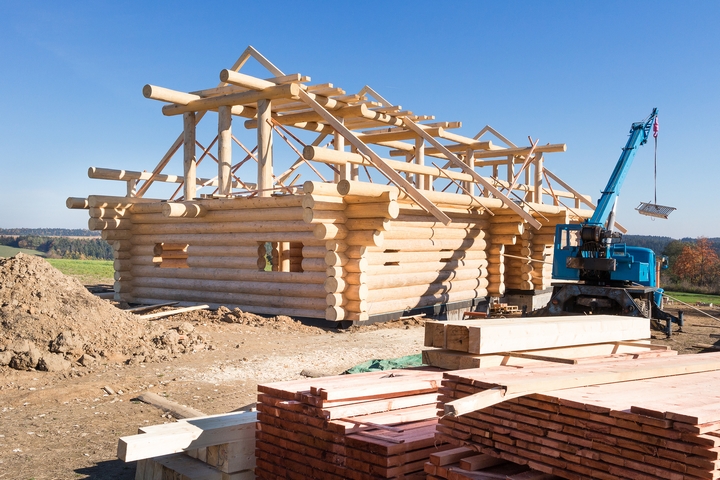Design-build construction projects offer numerous advantages, including streamlined communication, faster project delivery, and increased collaboration between designers and builders. However, ensuring cost control is a critical aspect of any construction endeavour, and design-build projects are no exception. Effective cost control strategies are essential to maintain budgetary discipline and maximise project value. In this article, we will explore key cost control strategies employed in design-build construction projects.
Comprehensive Project Planning
Successful cost control starts with comprehensive project planning. Design-build contractors invest significant effort in developing detailed project plans that encompass all aspects of the construction process. This includes accurate cost estimation, identification of potential risks, and a thorough understanding of the client’s budgetary constraints. By establishing a robust foundation during the planning phase, design-build teams can proactively manage costs throughout the project.
Early Collaboration and Value Engineering
Design-build contractors benefit from early collaboration between designers and builders. This collaborative approach allows for value engineering opportunities, where the team analyses design alternatives to identify cost-saving measures without compromising quality. Value engineering involves evaluating materials, construction methods, and systems to optimize efficiency and reduce costs. By involving all stakeholders from the outset, design-build contractors can implement value engineering strategies that align with the client’s budgetary goals.
Transparent and Competitive Procurement
To control costs effectively, design-build contractors emphasize transparent and competitive procurement processes. By obtaining multiple bids from subcontractors and suppliers, they can compare prices and select the most cost-effective options without compromising quality. Competitive procurement ensures that the project benefits from competitive pricing and that subcontractors are aligned with the project’s budgetary goals.
Continuous Monitoring and Tracking
Design-build contractors employ rigorous monitoring and tracking mechanisms to keep costs under control throughout the project lifecycle. Regular cost analysis and tracking enable them to identify cost variances and take corrective measures promptly. By closely monitoring costs against the estimated budget, design-build teams can make informed decisions and address any deviations before they escalate.
Effective Change Management
Change is inevitable in construction projects, but managing changes effectively is vital to cost control. Design-build contractors implement robust change management processes to evaluate the impact of proposed changes on the project’s budget and schedule. They collaborate closely with the client to assess the necessity and feasibility of change requests, considering the associated cost implications. By carefully managing changes, design-build teams can avoid cost overruns and ensure that the project remains within budgetary limits.
Leveraging Technology
Design-build contractors harness technology to enhance cost control efforts. Construction management software, project tracking tools, and Building Information Modelling (BIM) systems help streamline communication, improve accuracy, and identify cost-saving opportunities. BIM, in particular, enables detailed visualization and simulation of construction processes, allowing for optimized scheduling and resource allocation. By leveraging technology, design-build teams can improve cost forecasting, mitigate risks, and make data-driven decisions that positively impact the project’s financial outcomes.
Cost control is a critical aspect of design-build construction projects to ensure that they are completed within budgetary limits. By employing comprehensive project planning, early collaboration, transparent procurement, continuous monitoring, effective change management, and technology integration, design-build contractors can effectively control costs and maximize project value. The success of a design-build project lies in the ability to balance cost control without compromising quality, and these strategies provide a framework for achieving that balance. With diligent implementation of these strategies, design-build contractors can deliver successful projects that meet or exceed client expectations while staying within budgetary constraints.

































